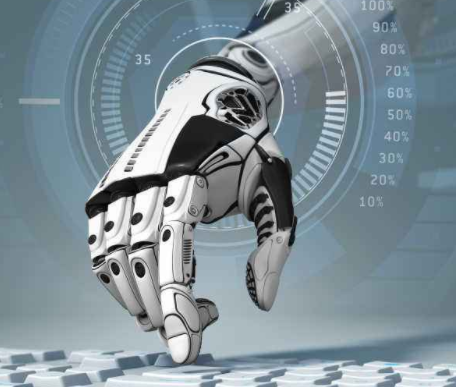
中文
kayo@kayosmt.com

中文
kayo@kayosmt.com
A robotic arm is a mechanical device that can be either active or manually controlled; Industrial robot is an active equipment, mechanical arm is one kind of industrial robot, industrial robot also has other ways.So although the two meanings are different, there are some overlaps in the content they refer to.
So in a nutshell, there are many ways of industrial robots, and the robotic arm is just one of them.
Industrial mechanical arm
An industrial mechanical arm is "a fixed or mobile machine, usually composed of a series of linked or relatively sliding parts, for grasping or moving objects, capable of active control, repeatable programming, and multiple degrees of freedom (axes).It works primarily by moving linearly along the X, Y, and Z axes to reach its target."
Industrial robot
According to ISO 8373, industrial robot is an active implementation of the operation of the machine device, is relying on its own power and control ability to complete a variety of functions of a machine. It can withstand human command and operate according to pre-programmed procedures, and modern industrial robots can outline their actions according to the guidelines set by artificial intelligence technology.
The difference between mechanical arm and industrial robot
Mechanical arm is the most widely used mechanical device in the field of robot, which is widely used in the field of industry, medical treatment and even military and space.The robot arm is divided into four axes, five axes, six axes, multiple axes, 3D/2D robot, independent robot arm, oil pressure robot arm, etc., although there are many kinds, they have one thing in common: they can receive instructions and accurately locate the points in the three-dimensional (or two-dimensional) space to conduct operations.
Different from the mechanical arm, the robot can not only receive instructions from humans, but also execute tasks according to pre-programmed programs arranged by humans, and also act according to the criteria specified by artificial intelligence. In the future, robots will assist or replace more human tasks, especially some repetitive tasks and risky tasks.

European and American countries and Japan have different interpretations of robots:
European and American countries believe that robots should be controlled by computers and programmed to become multi-functional active machines; The Japanese believe that robots are high-end active machines, so the robotic arm is included in the explanation of the robot. European and American countries think 6 axis and above can be called robot, 5 axis and below can only be called robot arm; Japan defines a 3-axis robotic arm as a robot.
Nowadays, the concept of robot in the world has been basically consistent, and they all believe that robot is an active machine that completes various functions by its own power and control ability.
The difference in application range between mechanical arm and industrial robot:
Mechanical arms are widely used in the industry, including the primary technology is drive and control; robotic arms are generally series structure.
Robots are mainly divided into series structure and parallel structure: parallel robot (PM) is mainly used for occasions that require high stiffness, high precision, high speed, and no large space. It is specifically applied in sorting, handling; imitation movement, parallel machine tool, metal cutting, robot joints, spacecraft interface, etc.The series robot and parallel robot form a complementary relationship in application. The series robot has a large working space, which can prevent the coupling effect between driving shafts. But each axis of the mechanism is controlled independently, and encoders and sensors are needed to improve precision.